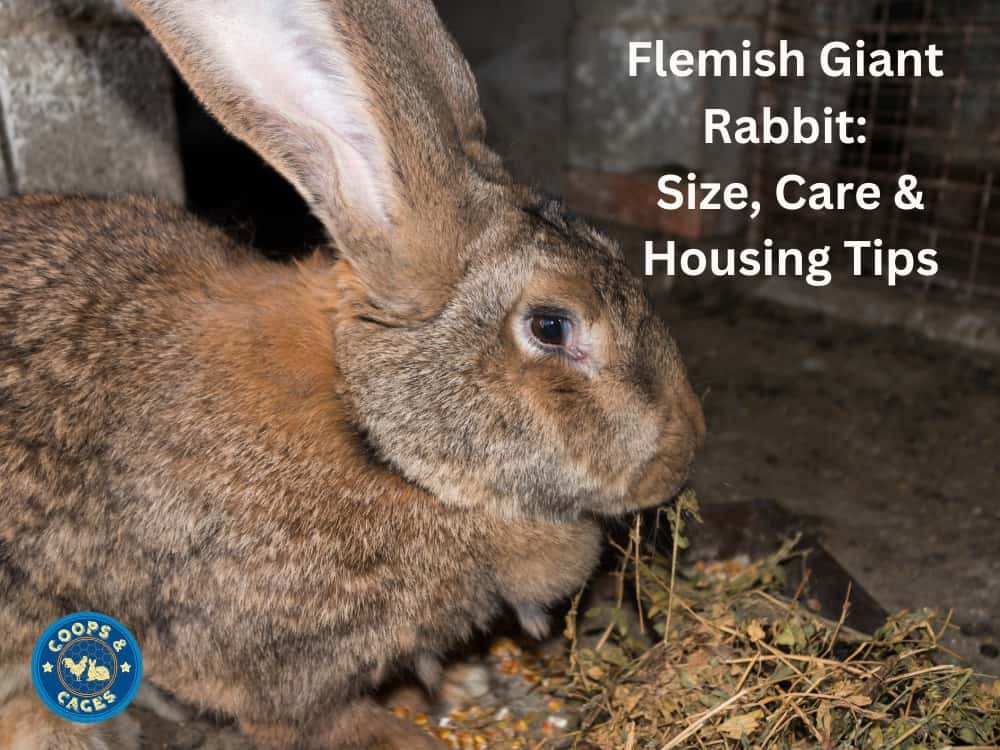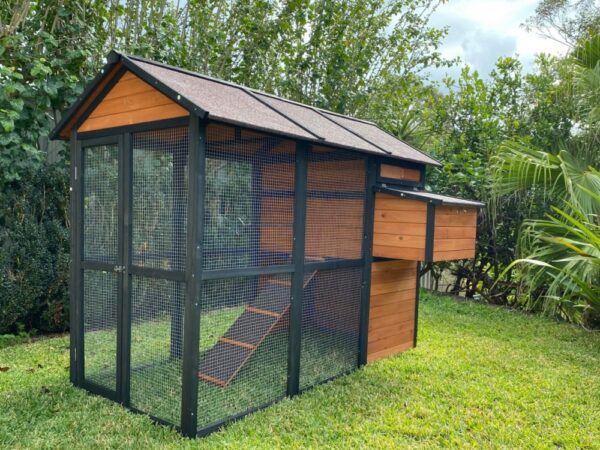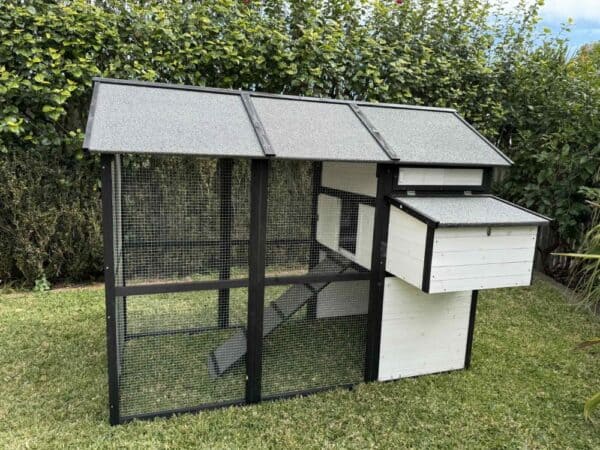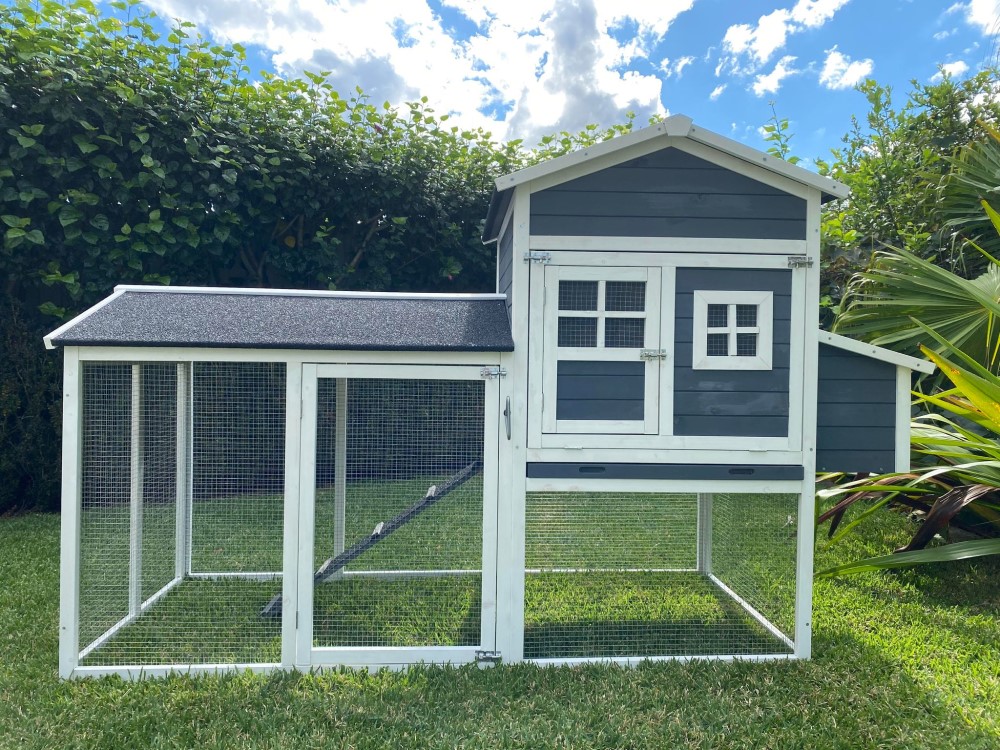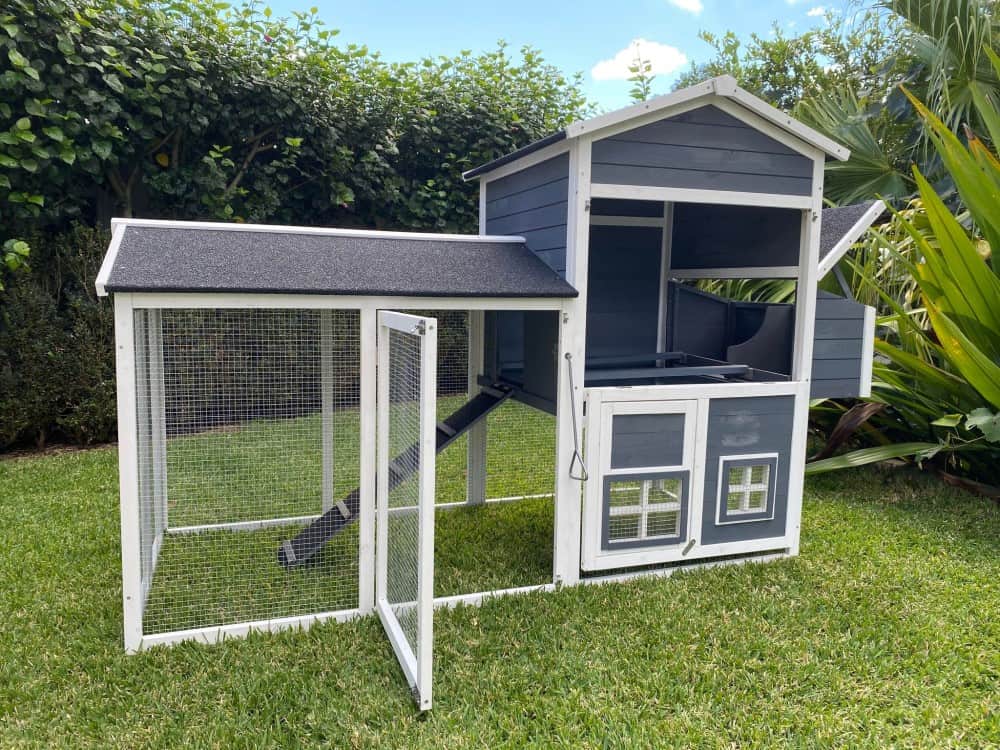If you’re considering adopting a Flemish Giant Rabbit, you’ve come to the right place!
In this rabbit guide, we’ll cover all aspects of Flemish Giant Rabbits from their history to handling and care needs, as well as why they are so popular among pet owners today.
Additionally, understanding the size and space requirements of these majestic creatures is crucial for ensuring their comfort and happiness in your home.
So join us as we unravel all there is to know about caring for a Flemish Giant Rabbit in this informative blog post.
Flemish Giant Rabbit Characteristics
The Flemish Giant is a special breed of rabbit that is well known for its large size. Key features of this breed include:
- Size: Flemish Giants are the largest breed of domestic rabbit, with adult sizes ranging from 6kg to over 10kg. Female rabbits are usually smaller than males.
- Glossy fur: Their coat comes in various colours and has a striking glossy appearance.
- Mandolin body shape: Flemish Giants have a distinct mandolin-shaped body which gives them an elegant appearance.
- Gentle giants: Despite their imposing size, these rabbits are known for being calm and friendly animals.
- Health issues: Due to their large size, Flemish Giants may be more prone to certain health issues such as joint problems or ear mites.
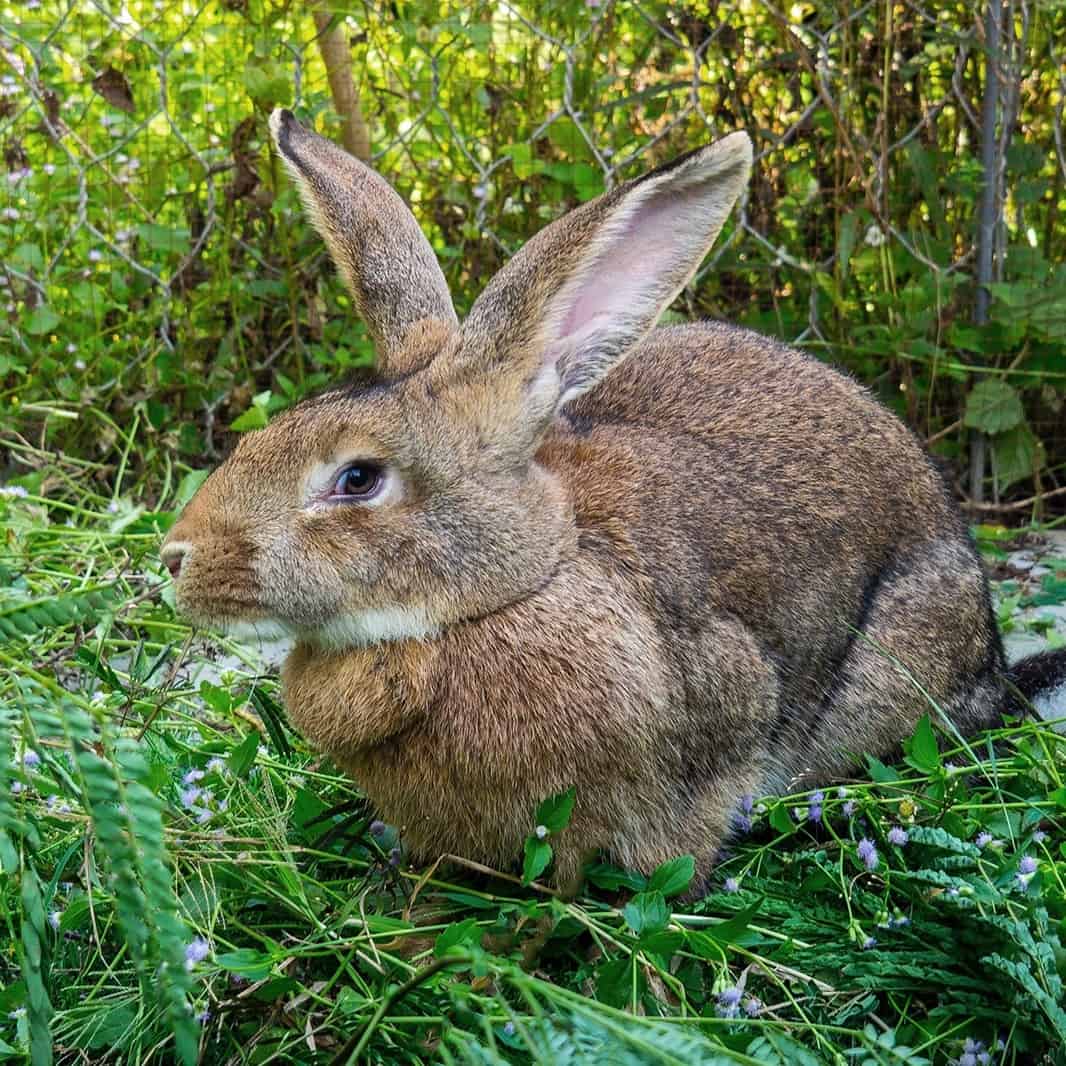
If you’re considering a Flemish Giant as a pet, it’s important to find reputable Flemish Giant rabbit breeders who prioritise breeding for health and temperament over simply producing show-quality Flemish Giants or novelty large rabbits.
Flemish Giant Breed Origin
The Flemish Giant rabbit is a gentle giant that has been captivating pet owners for centuries, originally bred in Flanders, Belgium for meat and fur.
In the early 20th century, Flemish Giants made their way across Europe and eventually reached North America, becoming one of the most popular domestic rabbit breeds worldwide.
Overall, Flemish Giants are a healthy breed of rabbit with a gentle disposition, making them a great choice for experienced pet owners and first-time rabbit enthusiasts alike.
How Big is the Flemish Giant Rabbit?
The Flemish Giant is the largest domestic rabbit breed in the world.
- Average Size and Weight: Flemish Giants typically reach adult size between 65-80cm long and 6-10kg, with males being larger than female rabbits.
- Growth Rate: Most Flemish Giants reach their full adult size by eight months old, so monitor their growth closely during this time.
- World Record: The world’s largest rabbit is a Flemish Giant named Darius. He measures 130cm and reached a maximum weight of 22kg!
Due to their significant size compared to regular pet rabbits, Flemish Giants require an extra large enclosure.
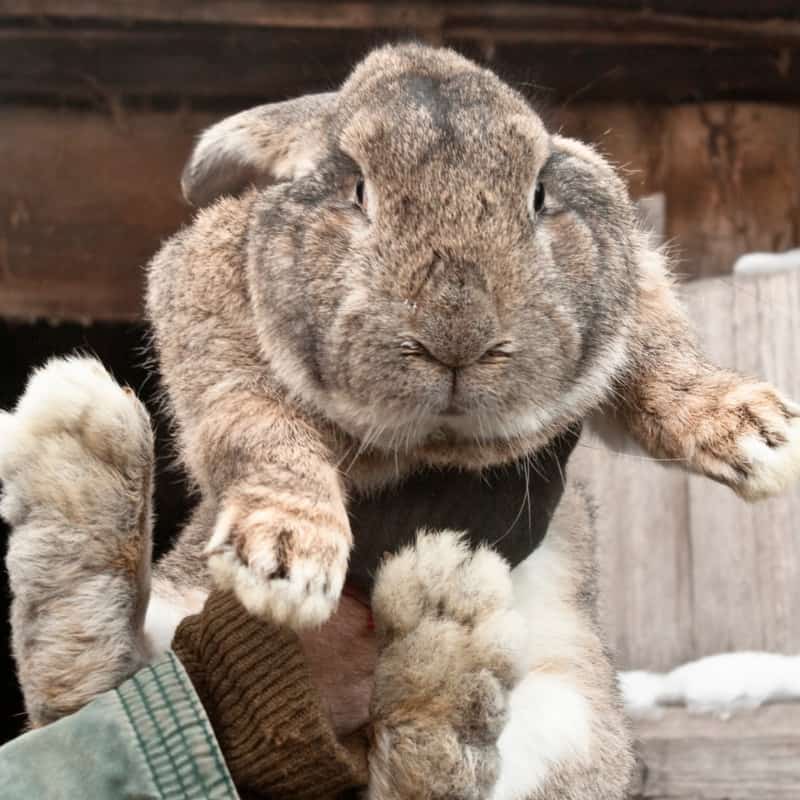
If you’re considering adding a Flemish Giant Rabbit to your family, be prepared for the responsibility and added costs that come with caring for such an impressive creature.
Handling Flemish Giant Rabbits
Flemish Giant rabbits are gentle giants, but due to their size, it’s essential to handle them with care and caution.
Safety tips for handling your Flemish Giant include:
- Pick up gently: Support their body weight evenly to prevent injury.
- Avoid lifting by ears or scruff: Use both hands around their body to provide proper support.
- Keep close to your body: Hold your rabbit securely against your chest.
- Calm environment: Handle them in a quiet area to maintain trust.
- Consistency is key: Handle your pet regularly for short daily sessions.
- Monitor Closely: Monitor their comfort level during handling sessions and give them space if they show signs of stress.
Their weight means they cannot be lifted by children, the elderly, or people with limited strength or mobility. Consider the maximum weight you can comfortably lift before trying to lift big rabbits.
If you are unable to physically lift big rabbits, a smaller rabbit breed may be a more suitable option for you.
While you won’t have to lift your pet rabbit daily, there are times when you may be required to suddenly lift it, such as if the rabbit needs an urgent trip to the vet.
Flemish Giant Care Tips
Flemish Giant rabbits are the largest breed of domestic rabbit, and they require unique care compared to smaller breeds.
Dietary Needs
Like all pet rabbits, they require a healthy diet of hay, fresh vegetables, and limited pellets to prevent obesity. Avoid sugary treats to keep your rabbit healthy.
Opt for healthier treat options like small pieces of carrot or capsicum.
Due to their large size, they will eat more food than a standard-sized domestic rabbit.
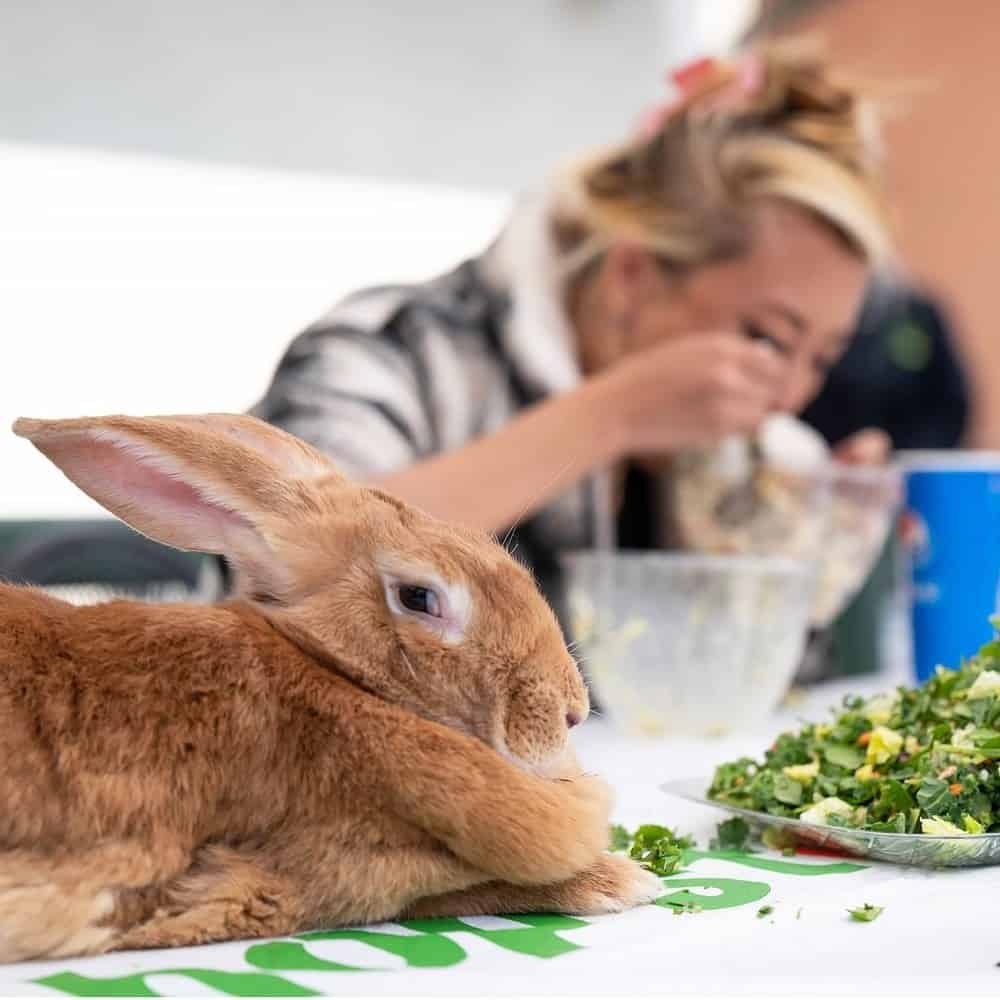
This means you will need to monitor their food bowls more closely to make sure they don’t run out of food. The cost of feeding them will be significantly more than the average bunny.
Grooming Requirements
You will need to regularly trim your rabbit’s nails whenever they start to get too long.
Regularly brush their short, glossy fur with a soft bristle brush.
Weekly parasite checks are also recommended for both fur mites and ear mites.
Litter Box Training & Cleaning
To litter train a rabbit, place a litter tray in the corner of the hutch your rabbit naturally goes to the toilet in.
Put a small amount of fecal pellets inside the tray and hang a rack of hay nearby. Like most domestic rabbits, litter box training comes quite naturally to Flemish Giants.
Because of their size, ensure the litter box is spacious enough for them to comfortably sit in.
Clean out their litter box and hutch whenever required, usually 2-3 times per week.
Health Concerns
The Flemish Giant rabbit lifespan is typically five to ten years. Overall, they are a healthy breed.
Their large size means they are more prone to fur mites, sore joints, and sore hocks.
Like all rabbits, they are also prone to overgrown teeth if they don’t regularly chew on timber and hay. Seek veterinary advice if you have any concerns.
Regular grooming sessions and veterinary care visits will keep your rabbit healthy.
Socialisation
Flemish Giants benefit from regular socialisation with their human caretakers. They are friendly creatures and need companionship.
If you put your rabbit in a hutch and ignore it, it will become bored and frustrated.
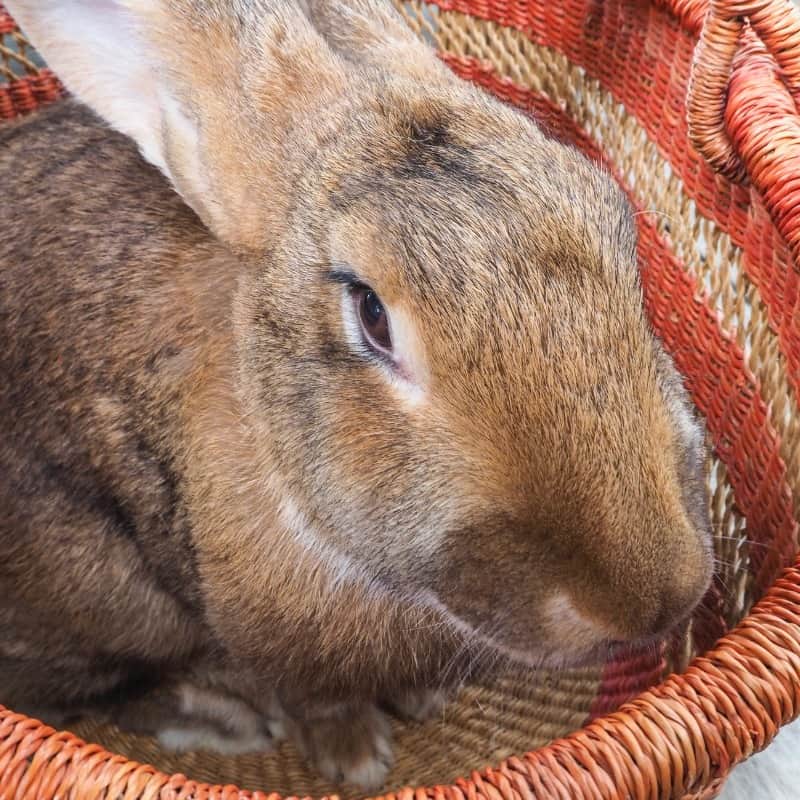
Regular socialisation can lead to a stronger bond and ensure their overall well-being.
How Much Space Do Flemish Giant Rabbits Need?
Flemish Giants are known for their large size, which means they require more space than smaller rabbit breeds.
The American Rabbit Breeders Association suggests that the minimum cage size for a single adult Flemish Giant should be at least 1.5 square meters.
However, providing even more space will allow your giant rabbit to thrive. The more space they have, the happier they are.
Before you purchase a Flemish Giant rabbit, take into consideration that they need a large enclosure and a large enclosure will cost more money. You will need to budget accordingly.
It’s important to provide an outdoor, exercise run area where your Flemish Giant can stretch its legs and get some physical activity daily. This will also provide them with fresh air and mental stimulation.
Accommodating the needs of your large-sized pet rabbit is crucial in maintaining their overall health and happiness.
Housing Your Flemish Giant
Choosing the right enclosure for your Flemish Giant rabbit is crucial for their comfort and safety.
Adult Flemish Giants require a minimum cage size of 1.5 square metres, but bigger is always better.
When choosing a hutch, also consider if the size of the doorways is big enough for your Flemish Giant to fit through and if any ramps are strong enough to take their weight.
Indoor vs Outdoor Housing
Flemish Giants can be housed indoors or outdoors.
Most people will house their Flemish Giant in an outdoor timber hutch. Make sure the enclosure is easy to clean and provides protection from predators and harsh weather conditions.
If you are going to allow your rabbit into your house, you will need to rabbit-proof everything.
This includes covering electrical cords, securing furniture that could be knocked over, covering furniture or skirting boards you don’t want to be chewed on, and providing designated areas for them to eat hay and use a litter box.
Suggested Hutches
To house a Flemish Giant, we recommend the:
- Connie Rabbit Hutch provides ample space for your large-sized bunny friend while also offering a fully covered roof and separate areas for sleeping and playing.
- Resort Rabbit Hutch features a raised house area and a fully covered run for protection from weather elements. Its slide-out tray and wide-opening doors make it easy to clean.
Enrichment and Accessories
Your bunny spends most of its day inside its hutch, so you don’t want the hutch to be a boring place! Bored rabbits are more likely to become depressed or anxious.
Provide your Flemish Giant with toys like chew blocks or tunnels for mental stimulation. Rotate toys regularly to keep things exciting!
FAQ
Fun Facts About Flemish Giants
Flemish Giants are one of the largest rabbit breeds, weighing up to 10kg and originating from Belgium.
They were originally bred for their meat and fur but now make popular pets due to their huge size and gentle personality.
Do Flemish Giants Like to Be Held?
While some Flemish Giants may enjoy being held or cuddled, others might not appreciate it as much due to their large size making handling difficult.
It’s important to respect your rabbit’s preferences when it comes to physical contact.
What is a Flemish Giant Rabbit’s Lifespan?
The average lifespan of a healthy Flemish Giant rabbit ranges between 5-10 years.
Proper care including balanced nutrition, regular veterinary check-ups, and providing adequate housing can help extend your pet’s life expectancy.
Conclusion
Considering a Flemish Giant rabbit? They are a lovable breed with a gentle personality, making them wonderful pets.
However, their large size means they will cost more money to care for. They require a larger hutch and will eat more food compared to smaller breeds.
They may also be harder to physically handle and lift, as they can grow up to 80cm long and 10kg in weight.
With the right preparation and attention, Flemish Giant rabbits can make wonderful additions to any household.



